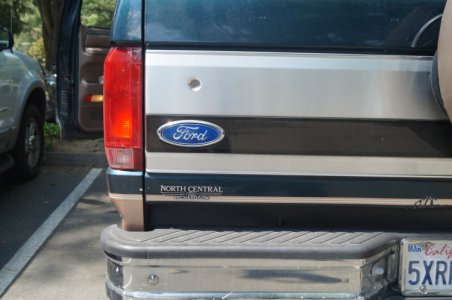chuck: Thank you for your post. I thought maybe you had given up on me. The E7018 is Lincoln. The E6010 is Radnor. I will try to buy only Lincoln in the future. Your comments are helpful. Your admission that you get the electrode stuck also is encouraging. And the statement that inverter welders cause this to happen with 6010 rods. I don't think that the Thunderbolt XL is an inverter welder and this makes me happy that I went old school on the stick machine (also within my budget). Also helpful are the counter intuitive suggestions like moving my head away from the weld to see better. And I will buy some E6011 Lincoln. Barnes and Airgas which are the two supply houses around here have most stuff but some only in huge quantities which are not appropriate for me or my budget.
I like the rods better the shorter they get. More steady.
Yes I would like to strike the arc first and then drag it over the work. but I am welding on a 3/4" piece of plywood until I get a welding table. I guess I can place another pice of scrap metal under the weld metal.
You are one of the few people I know that has a book case in your workshop. I just finished chapter 2 of Procedure Handbook "Fourteenth Edition." Interesting read. I don't know if it will make me a better welder, but it will certainly make me a more knowledgeable one.
A photo of my Bronco.
I like the rods better the shorter they get. More steady.
Yes I would like to strike the arc first and then drag it over the work. but I am welding on a 3/4" piece of plywood until I get a welding table. I guess I can place another pice of scrap metal under the weld metal.
You are one of the few people I know that has a book case in your workshop. I just finished chapter 2 of Procedure Handbook "Fourteenth Edition." Interesting read. I don't know if it will make me a better welder, but it will certainly make me a more knowledgeable one.
A photo of my Bronco.


